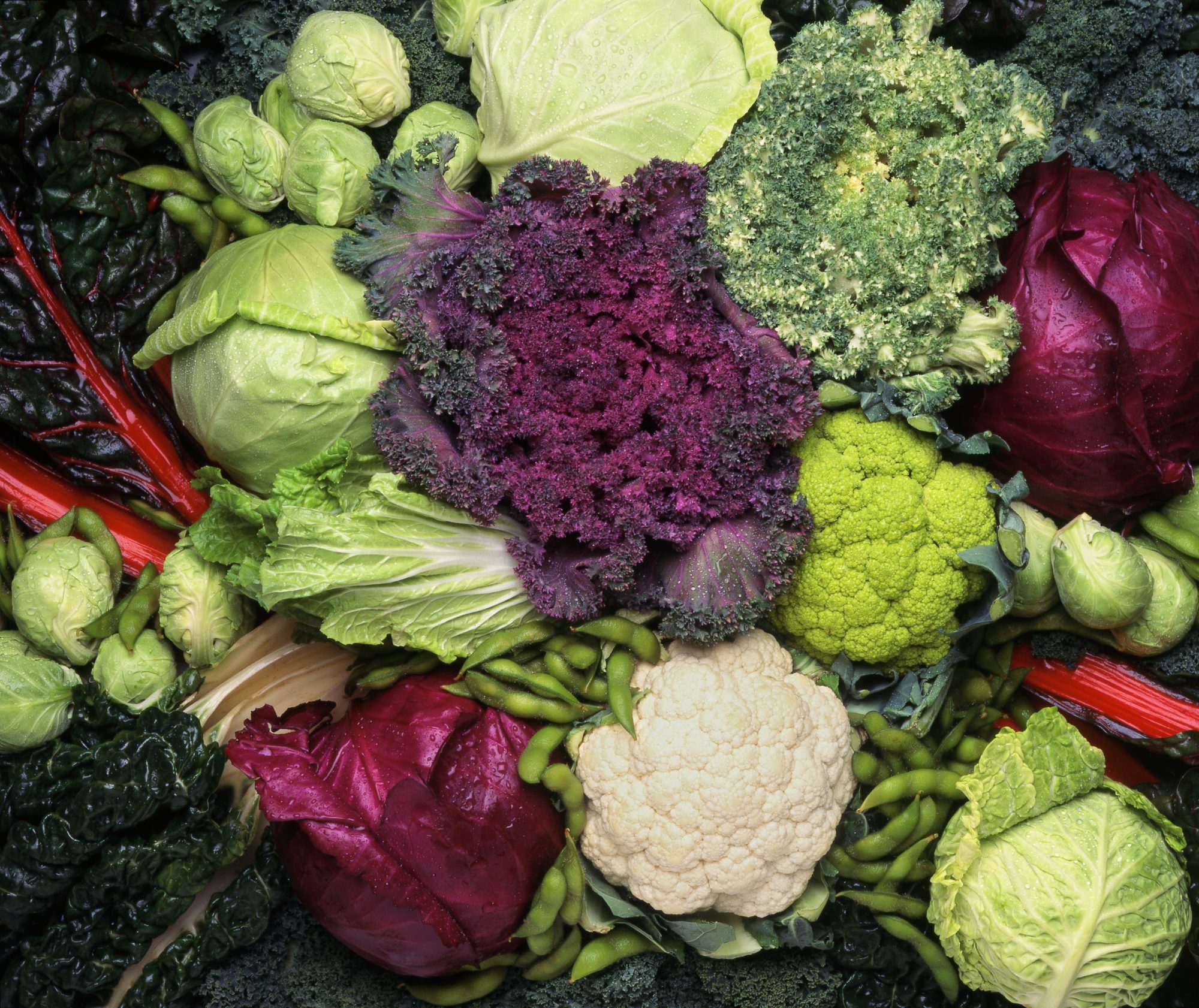
Quantifying Organosulfur Content in Vegetables: Implications for Health and Nutrition
Introduction: Vegetables are an essential part of a healthy diet, providing a wide range of nutrients and health benefits. Among these benefits, the presence of organosulfur compounds in vegetables has been shown to have potent health-promoting effects, including anti-inflammatory, anti-cancer, and anti-diabetic properties. Recent studies have aimed to quantify the organosulfur content in various vegetables and explore methods for increasing their bioavailability and effectiveness. This article will discuss the latest research on the quantification and enhancement of organosulfur content in vegetables.
What are Organosulfur Compounds? Organosulfur compounds are a group of naturally occurring compounds that contain sulfur atoms in their molecular structure. These compounds are found in a variety of plant-based foods, including vegetables, fruits, and grains. One of the most well-known organosulfur compounds is allicin, which is found in garlic and has been shown to have potent antimicrobial, anti-inflammatory, and anti-cancer properties.
Also Read:
Quantification of Organosulfur Content in Vegetables: Recent studies have aimed to quantify the organosulfur content in various vegetables and explore methods for increasing their bioavailability and effectiveness. One such study, published in the journal Applied Sciences, used gas chromatography-mass spectrometry (GC-MS) to quantify the organosulfur content in 12 different vegetables. The results showed that onions, garlic, and leeks had the highest levels of organosulfur compounds, while beets, carrots, and peas had the lowest.
Another study, published in the journal Food Chemistry, used high-performance liquid chromatography (HPLC) to quantify the organosulfur content in three types of cabbage: green cabbage, red cabbage, and savoy cabbage. The results showed that savoy cabbage had the highest levels of organosulfur compounds, followed by red cabbage and green cabbage.
Methods for Enhancing Organosulfur Content in Vegetables: While some vegetables naturally contain high levels of organosulfur compounds, other vegetables can be enhanced through various methods to increase their organosulfur content. One such method is through the use of sulfur fertilizers, which have been shown to increase the organosulfur content in vegetables such as onions and garlic.
Another method is through the use of reactive polysulfides, which are compounds that contain multiple sulfur atoms and have been shown to have potent health-promoting effects. A recent study, published in the journal Nature Communications, explored the use of reactive polysulfides to enhance the organosulfur content in vegetables. The researchers found that treating vegetables with reactive polysulfides increased their organosulfur content and improved their anti-inflammatory and anti-cancer properties.
Conclusion: The quantification and enhancement of organosulfur content in vegetables have important implications for health and nutrition. By identifying the vegetables that contain the highest levels of organosulfur compounds and developing methods for enhancing their content, researchers can help promote the health benefits of these compounds and provide consumers with a wider range of nutritious and health-promoting vegetables to choose from.
Read More:
That's it for this article.
Thanks for Visiting Us – fixyanet.com


0 Comments